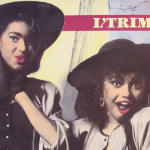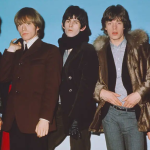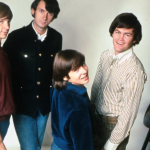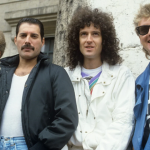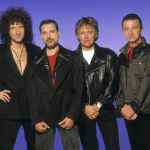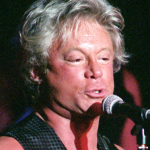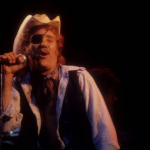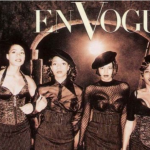“In Between Days”-The Cure’s
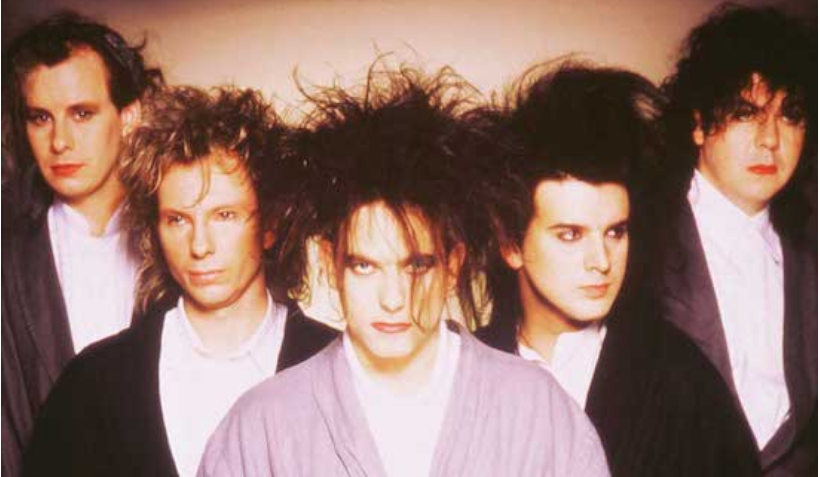
The Cure’s “In Between Days”
“In Between Days” is a standout track by British rock band The Cure, released in 1985 as the lead single from their sixth studio album, The Head on the Door. Written by lead vocalist and songwriter Robert Smith, the song blends elements of new wave, post-punk, and pop, making it one of the band’s catchiest and most beloved tracks.
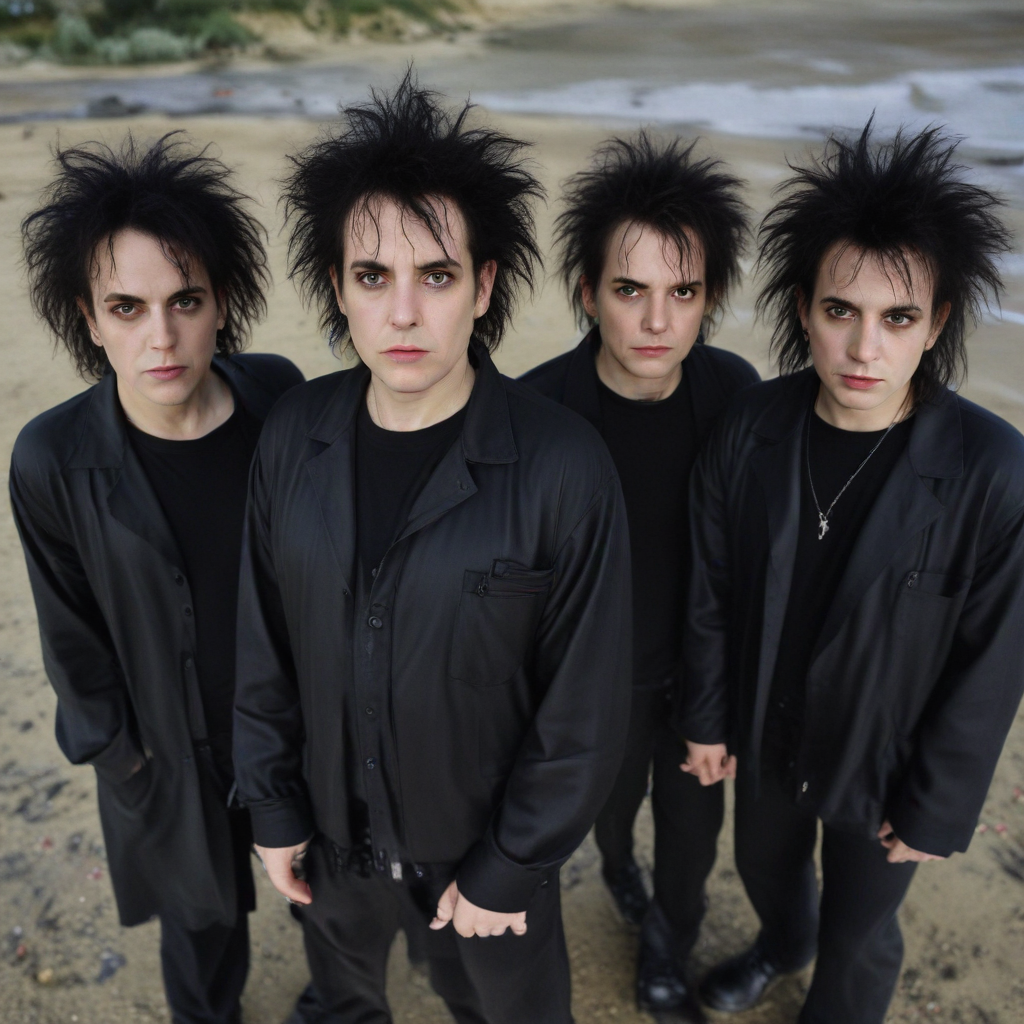
Musically, “In Between Days” is upbeat and energetic, driven by a fast-paced acoustic guitar riff, lively bassline, and bright keyboard melodies. Despite its buoyant sound, the song carries an underlying sense of emotional tension, which is a hallmark of The Cure’s style. Robert Smith’s distinctive, yearning vocals convey both the joy and melancholy that define the song’s mood, creating a contrast between the music’s exuberance and the lyrics’ introspective themes.
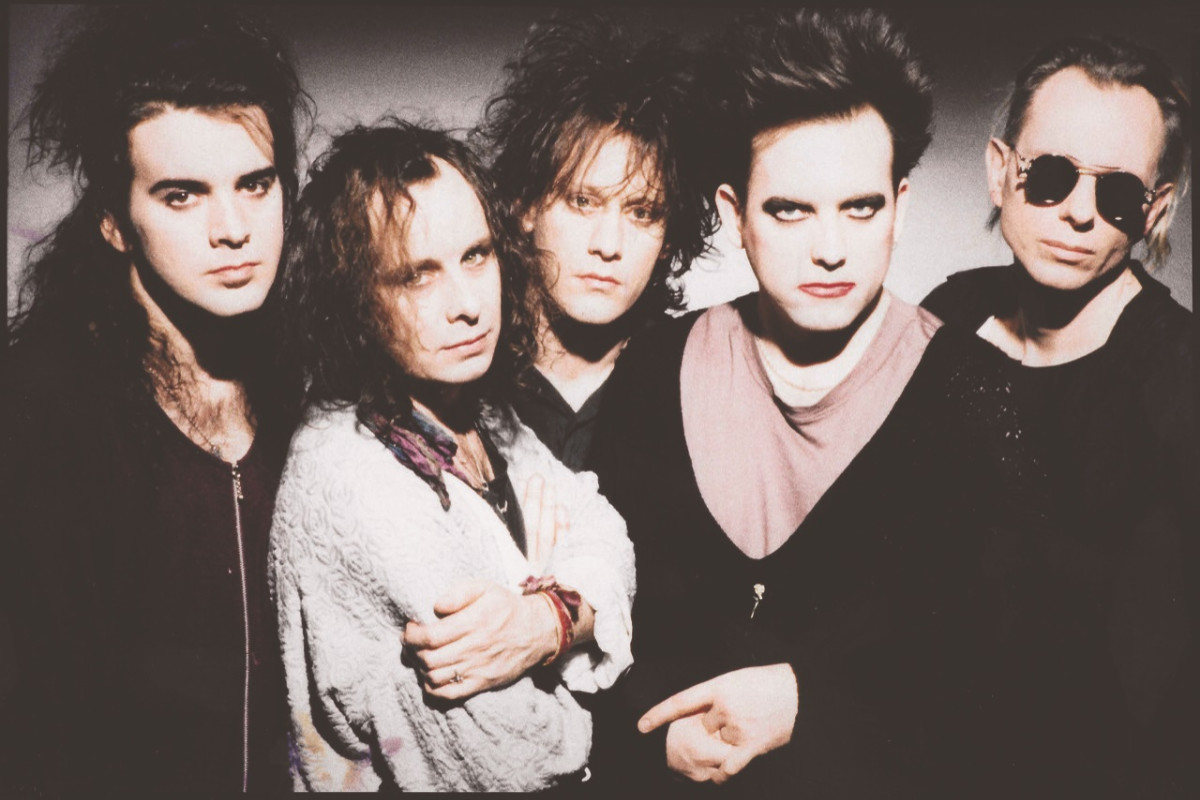
Lyrically, “In Between Days” deals with themes of love, regret, and uncertainty. The narrator reflects on a relationship in turmoil, feeling caught between the past and the present. Lines like “Yesterday I got so old, I felt like I could die” express the weight of past mistakes, while “But if I could do it again, I wouldn’t change a thing” hints at an acceptance of the situation despite the pain. The song’s title, “In Between Days,” symbolizes the emotional limbo of being stuck between decisions, experiences, or phases in life.

The song’s combination of infectious melody and emotional depth helped it become a fan favorite and a commercial success. It reached the top 20 in the UK Singles Chart and gained significant popularity in other countries, helping to establish The Cure as one of the leading alternative rock bands of the 1980s. “In Between Days” was one of the tracks that showcased The Cure’s ability to balance darker lyrical themes with more accessible, pop-oriented sounds.
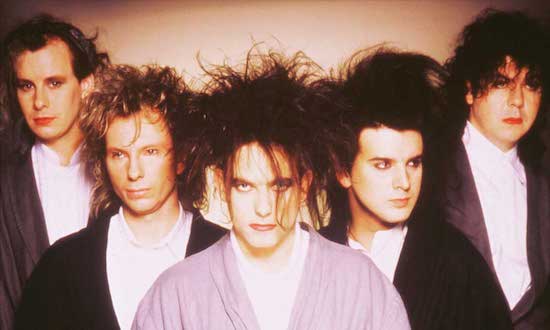
“In Between Days” continues to be a staple in The Cure’s live performances, and its timeless sound and relatable themes have helped it remain one of the band’s most enduring and beloved songs. Its blend of catchy melodies and emotional resonance makes it a classic example of The Cure’s unique musical style, which has influenced countless artists and cemented the band’s legacy in rock history.



